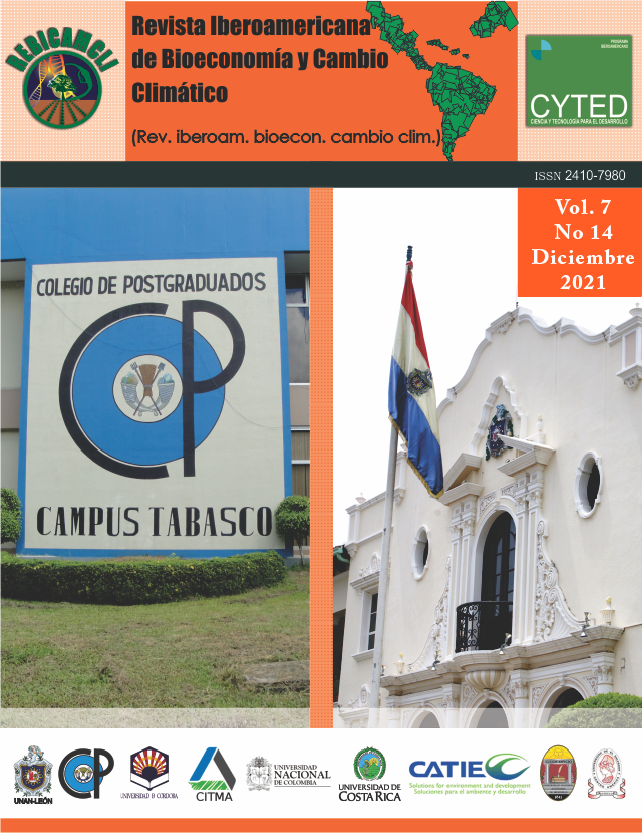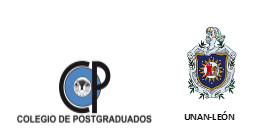Capture of elasmobranch fish from artisanal fishing on the beaches of Poneloya and Las Peñitas, León, Nicaragua
DOI:
https://doi.org/10.5377/ribcc.v7i14.13007Keywords:
Sharks, rays, Artesanal fishing, NicaraguaAbstract
The present work focused on evaluating the composition of the catch, the diversity of species, relative abundance and size structure of sharks and rays caught by artisanal fishing on the beaches of Poneloya and Las Peñitas. The organisms landed during the months of May to June were analyzed. The species captured, site of capture, sizes, weights and reproductive condition were recorded. 216 organisms distributed in 7 species and 6 families were analyzed. With the highest abundance being the shark Sphyrna lewini (67.6%), followed by Dasyatis brevis (13%) and Dasyatis longa (11%), Rhinoptera steindachneri (3.2), Aetobatus narinari (3.2%), Gymnura marmorata (1.4%) and Rhinobatus leucorhynchus (0.5%). The catches were made with two fishing gear, longline (54.5%) and gillnet (45.5%) with catches directed towards bony fish of high commercial value Sphyrna lewini, 47.3% female, 52% male and one unknown individual ( 0.7%), 100% of males and females were juveniles, therefore they were immature. Dasyatis brevis 81.5% were female and 18.5% male, finding significant differences in the sexual proportion (X2 = 10.7 P <0.05). 80% of the males were immature and 20% mature, the females 95% were immature and 5% were mature. Dasyatis longus 35% were female, 52% male and 13% unknown individuals. 58% of the males were immature and 42% were mature; in the case of the females, 62.5% were immature and 37.5% were mature.
Downloads
293
HTML (Español (España)) 0
Published
How to Cite
License
Copyright (c) 2021 Ibero-American Journal of Bioeconomy and Climate Change

This work is licensed under a Creative Commons Attribution-NonCommercial-ShareAlike 4.0 International License.
Copyright © Rev. iberoam. bioecon. climate change (Graduate School and UNAN-León, School of Agricultural and Veterinary Sciences / Department of Agroecology / Center for Research in Bioeconomy and Climate Cahnge (CRByCC).







